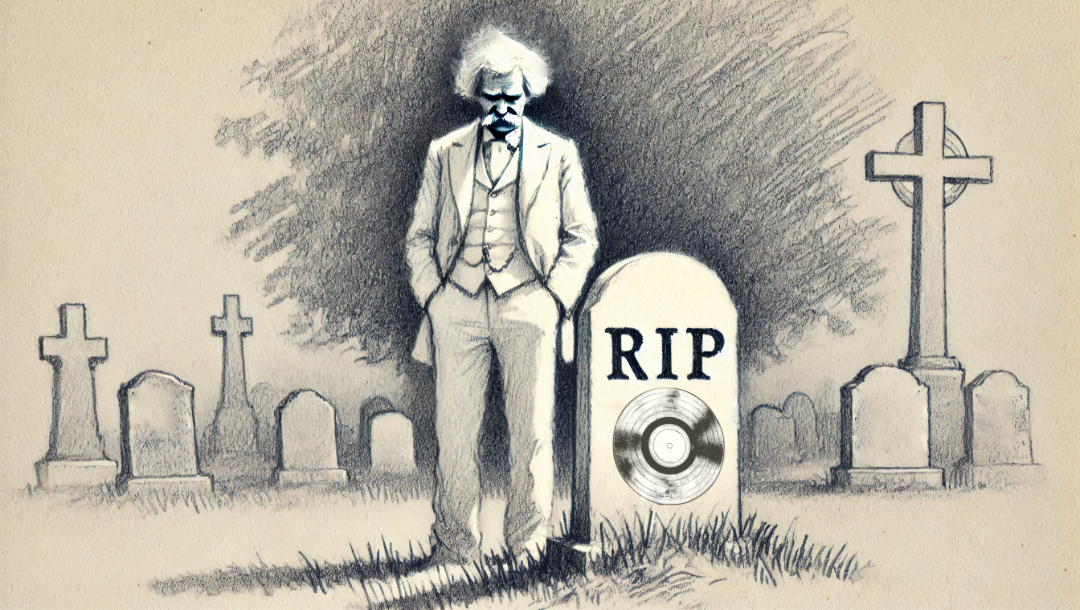Let’s say I invented a new color. By some stroke of luck, I mixed some colors in such a way that an entirely new one emerged from the chaos of hues. I think it’s beautiful, so I run it through a spectrophotometer. I then show you the results and the color’s spectral reflectance curve. I point at the chart, expecting you to love the new color as much as I do.
.What are you to make of it? You understand the curve and the measurements, but can you visualize the color? Of course not. You need to view it for yourself. You might see it and think it’s too dark and gloomy for your taste. When you look at my new color, you may find it depressing. Yet, when I look at it, it fills me with joy.
This should come as no surprise. A chart is simply a representation of the real world broken down into numbers. It has nothing to do with our perception.
Why do some people love the scent of patchouli while others steer clear of it?
As with colors, we respond to scents in different ways. My dad’s olfactory glands couldn’t detect the smell of a skunk. A skunk could spray him, he could watch it spray him, yet he wouldn’t smell it. By some quirk of fate, his sense of smell filtered it out. Lucky him (or unlucky for those who had to deal with him unknowingly walking around after being sprayed ).
From Colors to Sound
Let’s introduce another one of our senses—hearing. Specifically, our ability to hear the sound of our audio system. I might say I love my new speakers or (*gasp*) my new cables. An argument that comes up quite often is the need to show measurements in order to prove my words are valid.
I can try to add objectivity to it by displaying a chart of my speaker’s bass response, but what does that tell you? Sure – it can point out a glaring flaw in engineering, and it is suitable for that. But catastrophic design imperfections aside, what does a chart tell anyone about how it will actually sound to them? Maybe the chart indicates the speaker is a little bright on the high-end? Ok – but my stepfather’s hearing drops the high end at a certain range. He won’t notice it. My ears find most treble shrill unless it’s gently rolled off. It’s how my ears developed (coupled with the damage I did to them when playing guitar in my youth). A chart may display a perfect response in all testing areas, yet I will likely find it brighter than you will. Is it fair for me to say a pair of speakers are too bright? It is. It’s fair for me to say anything. The reality is they are bright – to me. You may hear something different. You will hear something different. Like it or not, no two ears, tympanic membrane, or auditory tubes are built the same. If I have a slight cold, the sound coming from my speakers will sound different than when I’m healthy. They will also sound different when I’m taking allergy medication. They may sound better than ever if I’ve had a few drinks.
How we perceive the world through our senses is subjective.
This is why speaker placement is both frustrating and necessary. Every room, and every listener, is different. If you could create a speaker that measures perfectly and satisfies every set of ears, there would be one speaker manufacturer.
Our ears (and all of our senses) are marvels of nature. They evolved to help us navigate the world. The beauty of it, and the beauty of the natural world, is we are shaped by our genes, culture, and experiences. We all experience the world in ways unique to us.
Show me a chart that measures experience, and I will show you a world where the mystery is gone.
– READ NEXT –
Subscribe to The Joy of Vinyl Newsletter


